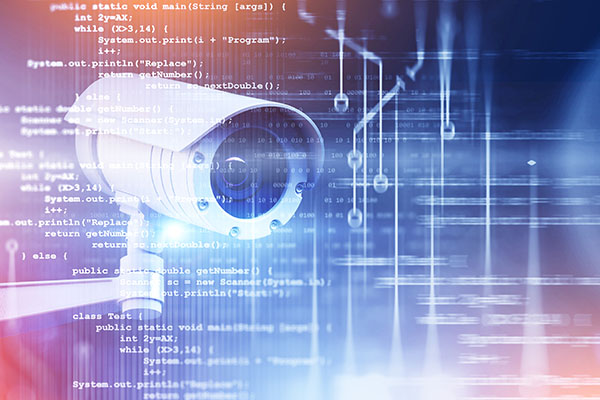Although many organizations are focused on the overall functionality of their audiovisual systems, security should be given equal priority. As a growing number of employees work remotely, organizations are expanding their use of AV systems – unknowingly elevating their security risks at the same time.
When you’re considering how to secure a wireless network (WLAN), your options are numerous and diverse. Ideally, your wireless design will utilize a tailored combination of these features and functions, providing a well-organized strategy versus a patchwork of security measures.
Each and every device connected over a network equates to a new vulnerability. This has been an established fact in the world of cybersecurity, but an increase in the use of mobile devices, remote work practices, and cloud-based AV systems have served to underscore its importance. New technology and trends are catalyzing major shifts in the concept of essential security measures (for example, escalating demands for IoT network security). As such, some organizations are now playing a dangerous game of catch-up.
Today, one of the biggest concerns in AV network security is end user uncertainty. Although it can be a challenge to effectively mitigate multiple endpoint vulnerabilities, taking a proactive approach will significantly reduce the risks your organization is facing.
Here are some key considerations for successfully managing end user uncertainty, specifically in regards to the use of AV systems.

Shield your AV network from outside intrusion.
More than likely, your organization is already making use of a broad range of security tools. Many of these same tools can be employed to secure an AV system from external intruders.
For example, your AV system should be configured to be protected behind a firewall, either through virtual LANs or in-system programming. Also, consider switching the system’s master controller from a basic operating system (like Windows or Linux) to something more advanced, in order to safeguard against malicious code.
Additionally, default security configurations should never be left in place. Today’s cybercriminals are extensively familiar with default security configurations for a vast majority of AV brands, and will not hesitate to use that knowledge to their advantage to gain instantaneous access to a system running on factory settings.
Enforce user controls.
Any individual allowed network access should be utilizing a secure user profile equipped with properly limited permissions. Additionally, think about going a step beyond a standard password approach. In many cases, users inadvertently expose organizations to phishing attempts via weak passwords. Utilizing stronger authentication measures (such as a confirmation code via text messaging, hardware tokens, etc.) can stop potential intruders in their tracks.
Furthermore, only IT personnel should be permitted to access the AV system’s configuration options. Even well-intentioned changes to system settings can cause security problems to arise, so limiting this access is a simple but impactful move.
Deploy advanced strategies to prevent endpoint intrusions.
It’s no secret that consistent monitoring and alerting services are highly necessary in a well-rounded security strategy. However, as threats become more technologically advanced, so too should your protective measures.
Every device that accesses your AV network is a new open door for attackers, so adapting your endpoint security strategy accordingly is a must. For example, AI and machine learning are now serving an integral purpose in effective endpoint protection, ensuring rapid action is taken to stop malicious processes as quickly as possible.
Take preventative security measures, such as employee training.
More than 80% of all data breaches involve a human element. Oftentimes, cybercriminals easily gain access to an organization via a single misguided click, something that can easily be prevented with basic security training for employees.
Even if your organization is not making any changes to your employees’ working environments, ongoing training should be a foundational component of your security strategy. Any time an organization implements new operational practices – such as permitting remote work – providing relevant training is also important.
Securing multiple endpoints requires more than just top-of-the-line cybersecurity services; it also means solidifying your “human firewall” to minimize potentially dangerous errors.
Partner with a professional for an effectively updated and secure AV system.
Modern AV technology offers a dramatically improved user experience, allowing for greater flexibility and better performance across the board. In order to maximize the potential of your organization’s AV system, while also incorporating proper security features, working with a professional team is the ideal option.
For optimal results, choose a provider that is well-versed in both AV solutions and network security. Additionally, look for a provider that facilitates turnkey installation in conjunction with ongoing support and maintenance. That way, you can be confident in both the performance and security of your AV system.
With the right safeguards in place, AV technology can be a valuable collaborative tool and an asset for your organization.
Advanced AV systems are enhancing opportunities for collaboration, flexibility, and efficiency, but your organization’s security protocols need to keep pace with this changing technology.
Should you have any questions on this topic, please feel free to contact us at any time.
Vladimir
Meet the Author
Tags/Topics
- • IoT
- • network security .

